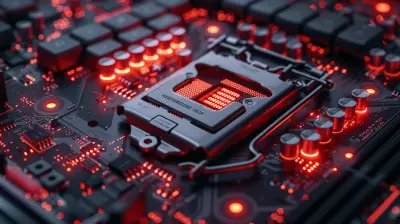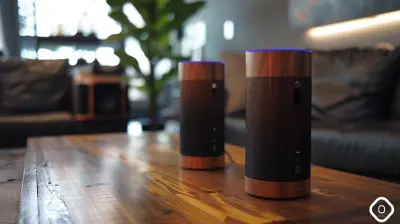Camera Stabilizers Explained: Gimbals, Tripods, and More
21 November 2025
Let’s be real—shaky footage is the worst. Whether you're a budding vlogger, a weekend filmmaker, or just someone trying to up their Instagram Reel game, nothing ruins a shot faster than the jitters. That’s where camera stabilizers swoop in to save the day. But here's the kicker—there isn’t just one type of stabilizer. It’s a whole world: gimbals, tripods, monopods, steadicams, sliders... the list goes on.
So, if you’ve ever scratched your head wondering which tool is right for your setup, you’re in the right place. We’re breaking it all down—what they are, how they work, and which one you actually need.
Pour that coffee and let’s get into stabilize-mode.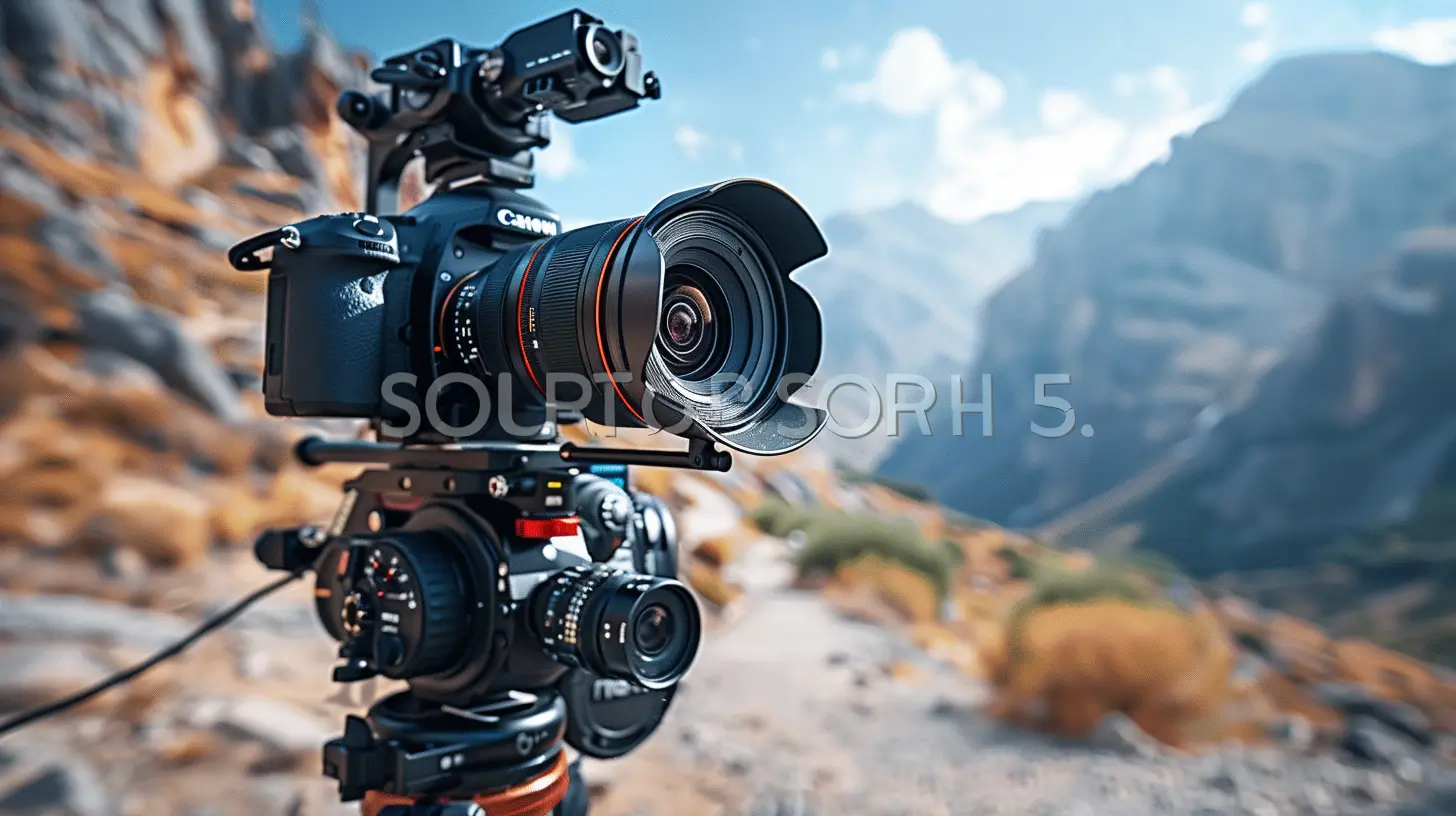
What Exactly is a Camera Stabilizer?
Before we dive into the categories, let’s clarify what we’re talking about.A camera stabilizer is any device or tool that minimizes unwanted movement during video capture. It’s like a shock absorber for your camera. Instead of every tiny shake or bump showing up in your footage, stabilizers help smooth things out, giving you that buttery, cinematic feel.
Now, not all stabilizers are created equal. Some are motorized high-tech beasts, while others are simple mechanical tools that rely on counterbalancing. Choosing the right one depends on your needs, budget, and the look you're going for.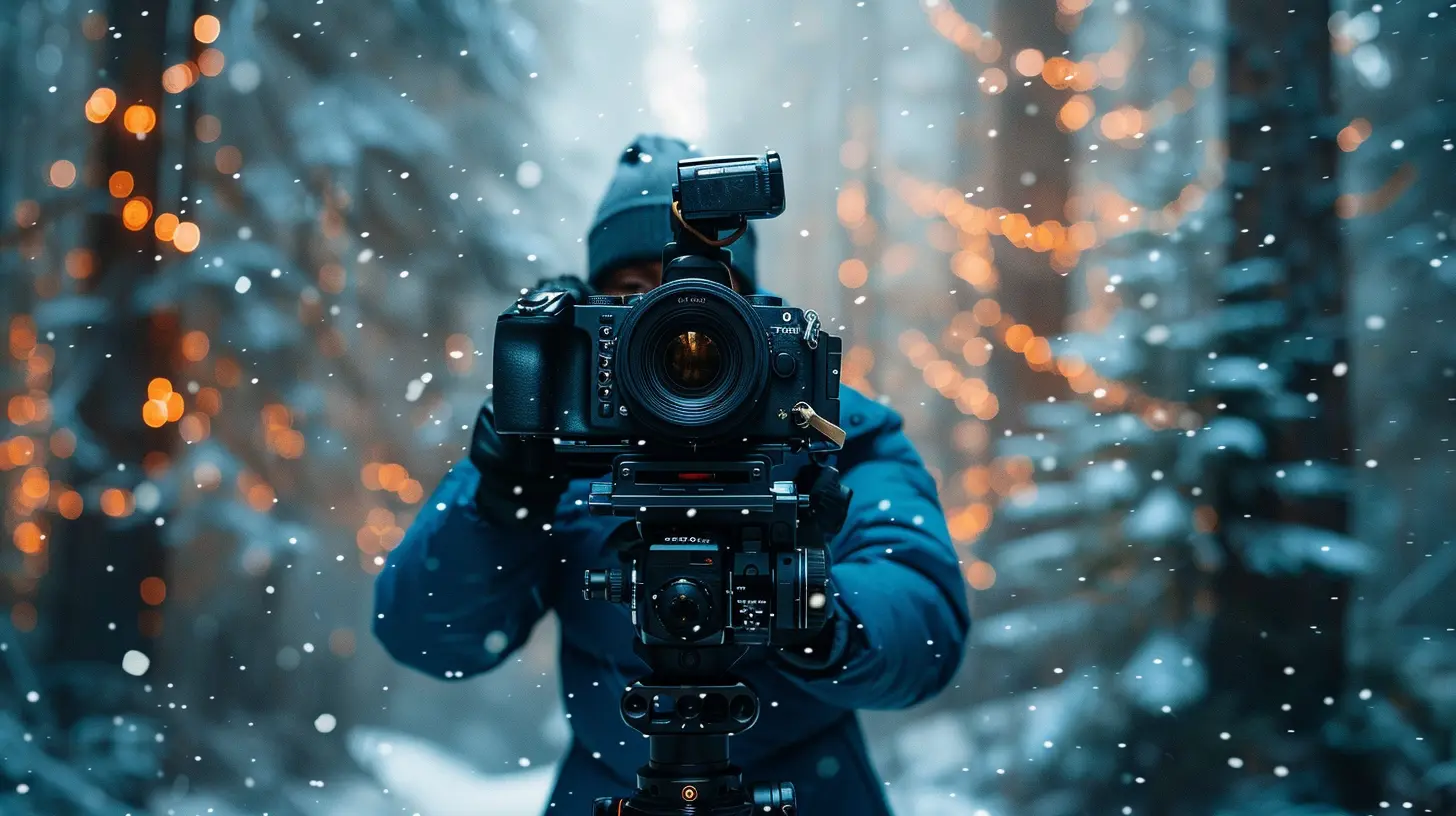
Gimbals: The Smooth Operator
Let’s start with the flashy kid on the block—gimbals.What Is a Gimbal?
A gimbal is a motorized camera stabilizer. It uses intelligent sensors and brushless motors to keep your camera steady across three axes: pitch (up/down), roll (tilt), and yaw (left/right movement).Imagine holding your phone still while walking upstairs. Now imagine a tiny robot taking over and making your phone magically float and stay level—that’s a gimbal in action.
3-Axis vs. 2-Axis Gimbals
If you've been shopping around, you've probably seen these terms thrown around. Here's the deal:- 2-Axis Gimbals: Stabilize pitch and roll but not yaw. They're cheaper, lighter, and work fine for light movement.
- 3-Axis Gimbals: Stabilize all three, and they’re the gold standard for truly stable footage, especially if you're moving a lot (think running or walking while shooting).
Who’s It For?
- Travel vloggers- Indie filmmakers
- Content creators who move around a ton
- Real estate videographers
Pros
- Ultra-smooth footage- Works well while moving
- Some offer tracking, time-lapse, zoom control
Cons
- Needs batteries- They’re not exactly light
- Can be pricey
Popular Gimbals Right Now
- DJI Ronin-S/SC- Zhiyun Crane series
- Moza AirCross

Tripods: The Steady Classic
If gimbals are like Teslas, tripods are the reliable old Hondas. They’re basic, they’re dependable, and they get the job done.What’s a Tripod?
A tripod is a three-legged stand that holds your camera in a fixed position. It’s the oldest and simplest form of stabilization, perfect when the camera doesn’t need to move.Who’s It For?
- Product photographers- Interview setups
- Landscapes and time-lapses
- YouTubers who record sit-down videos
Types of Tripods
- Standard Tripods – Everyday use- Travel Tripods – Lightweight and compact
- Studio Tripods – Heavy-duty and tall
- Tabletop Tripods – Mini versions for vlogging
Pros
- Super stable- Doesn't need power
- Often budget-friendly
Cons
- Not for moving shots- Can be bulky
Tripod Tips
Make sure it has a fluid head if you're planning to do pan or tilt shots. A ball head is nice for photography, but video? You're gonna want that fluid movement.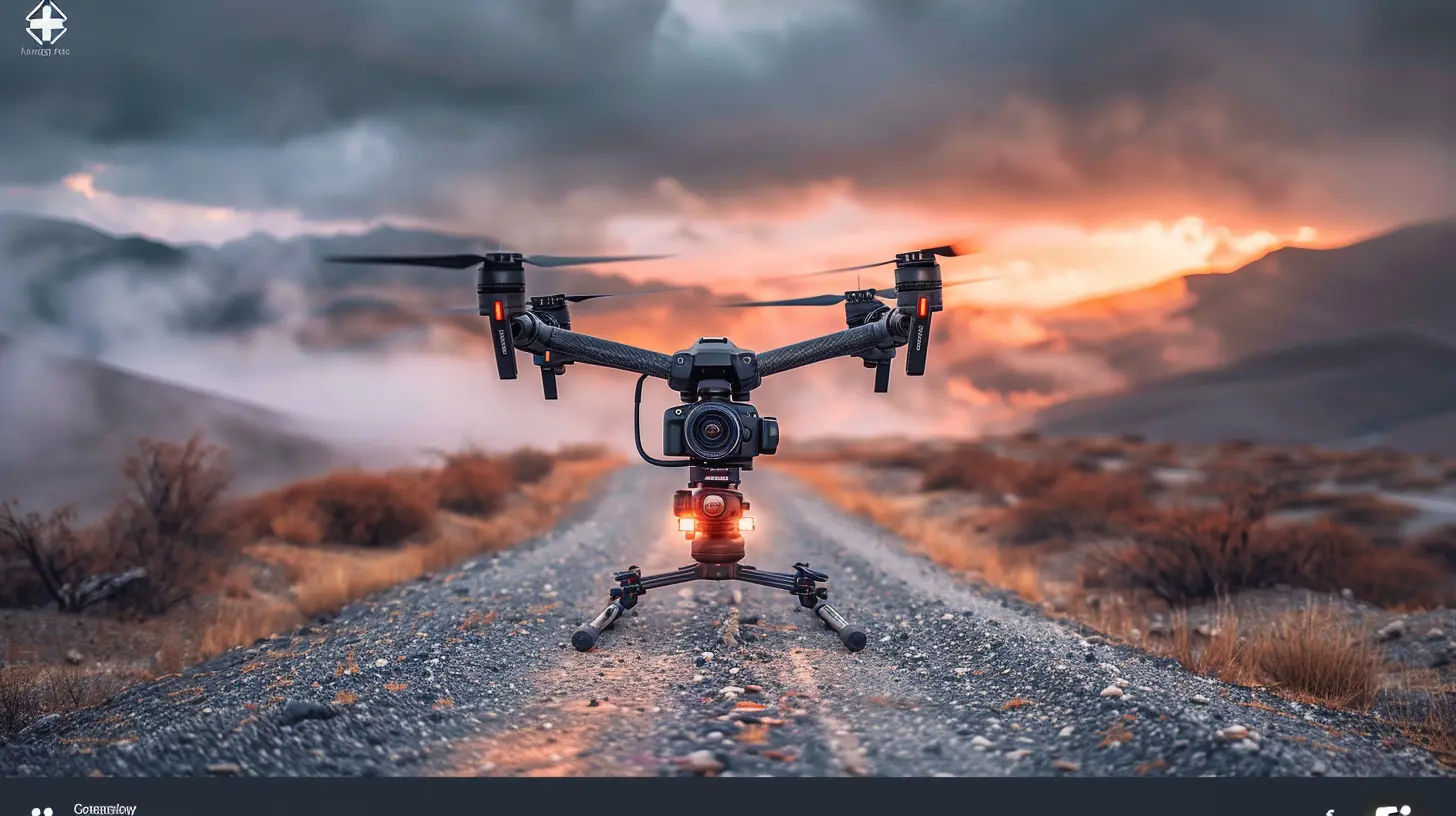
Monopods: The One-Legged Wonder
A monopod is exactly what it sounds like—a one-legged support system. Think of it as a tripod’s fast and nimble cousin.Why Use a Monopod?
You get a decent amount of stability, but with way more mobility than a tripod. Perfect for situations where you need to move but still want some shake reduction.Who’s It For?
- Sports and wildlife shooters- Event videographers
- Anyone filming in tight or crowded spaces
Pros
- Lightweight- Quick to set up
- Great balance of movement and support
Cons
- Not completely hands-free- Less stable than tripods or gimbals
Steadicams: Old-School Cool
Before gimbals came along and stole the spotlight, steadicams were the Hollywood standard. They’re still used today, especially for that classic cinematic floating look.What Is a Steadicam?
It’s a mechanical stabilizer that uses counterweights and a harness system to balance the camera. Unlike a gimbal, it doesn’t use motors or batteries—it’s all physics, baby.Who’s It For?
- Professional videographers- Wedding shooters
- Filmmakers craving that filmic glide
Pros
- No need for batteries- Great for long takes and tracking shots
- Handles heavier cameras better than most gimbals
Cons
- Big learning curve- Can be tiring to use
- Expensive
If you’ve ever wondered how they shot those long continuous scenes in movies—yeah, probably a steadicam.
Sliders and Dolly Systems: Motion with Precision
What if you want smooth horizontal or vertical motion? Enter sliders and dollies.What’s a Camera Slider?
It's a rail system that lets you move your camera smoothly across a straight line. Some are motorized for even more precision.What’s a Dolly?
Think of it as a camera on wheels. It moves along tracks or smooth surfaces and is often used with bigger productions.Who’s It For?
- Product videography- Cinematic b-roll
- Controlled motion shots
Pros
- Add movement without shakes- Professional look when used right
Cons
- Limited to the track’s length- Not very portable
Shoulder Rigs: Run-and-Gun Vibes
Rough around the edges but super effective, shoulder rigs are exactly what they sound like—metal rigs that mount on your shoulder for handheld stabilization.Why Shoulder Rigs?
You’re not eliminating motion—you’re making it more controlled. Great for a documentary or action film feel.Pros
- Improves handheld footage- Useful for ENG (Electronic News Gathering)
- Good weight distribution
Cons
- Not as steady as gimbals- Still shows motion, which might not be ideal
In-Body and Lens Stabilization: Let the Camera Help
Some cameras and lenses come with built-in stabilization. While not a replacement for external tools, they definitely help.In-Body Image Stabilization (IBIS)
The camera sensor physically moves to counteract shakes.Optical Stabilization in Lenses
The lens has floating elements that shift to compensate for movement.These are great for small handheld shots or when you're using lightweight gear, but don’t expect miracle-level stabilization.
So… Which Stabilizer Should You Get?
Let’s keep it simple. Ask yourself:- Are you always on the move? → Go for a 3-axis gimbal
- Filming sit-downs or still subjects? → Use a tripod
- Want lightweight help but still be mobile? → Try a monopod
- Going full Hollywood and love that smooth, floating glide? → Steadicam all the way
- Want precise motion? → Consider a slider
- Shooting documentaries or need mobility? → Shoulder rig might be your jam
Also, mix and match! A gimbal and a slider can make your shots look like a million bucks without needing a studio crew.
Final Thoughts: Stabilization Is Non-Negotiable
Here’s the bottom line: good stabilization is the secret sauce of professional-looking video. No matter if you’re just starting out or you’ve been at it for years, using the right stabilizer can instantly elevate your content.It’s like seasoning in cooking—missing it, and everything feels bland. Add it, and suddenly, even basic shots feel polished.
So don't skimp on stabilization. Your footage—and your viewers—will thank you.
all images in this post were generated using AI tools
Category:
Camera GearAuthor:

Marcus Gray
